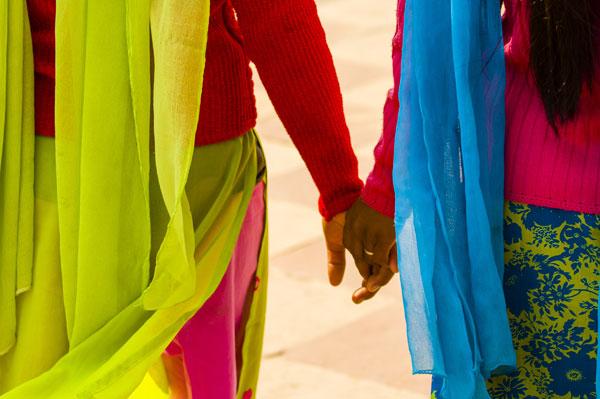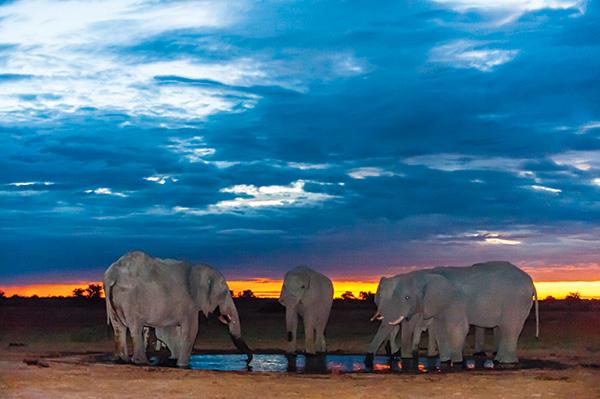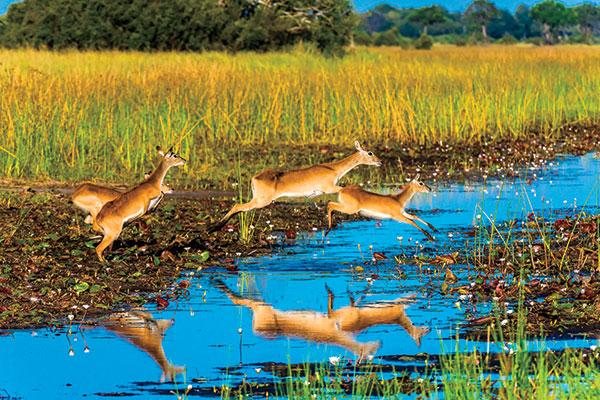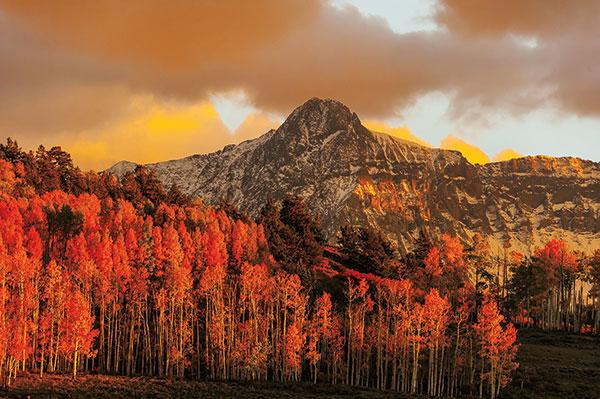Blaine Harrington
Sort By: Post Date | Title | Publish Date
|
May 06, 2014 |
First Published: Mar 01, 2014
|
Mar 07, 2014 |
First Published: Jan 01, 2014
|
Dec 27, 2013 |
First Published: Nov 01, 2013
|
Oct 27, 2015
|
May 05, 2015
|
Dec 11, 2015
|
Mar 06, 2015
|
Sep 11, 2015










